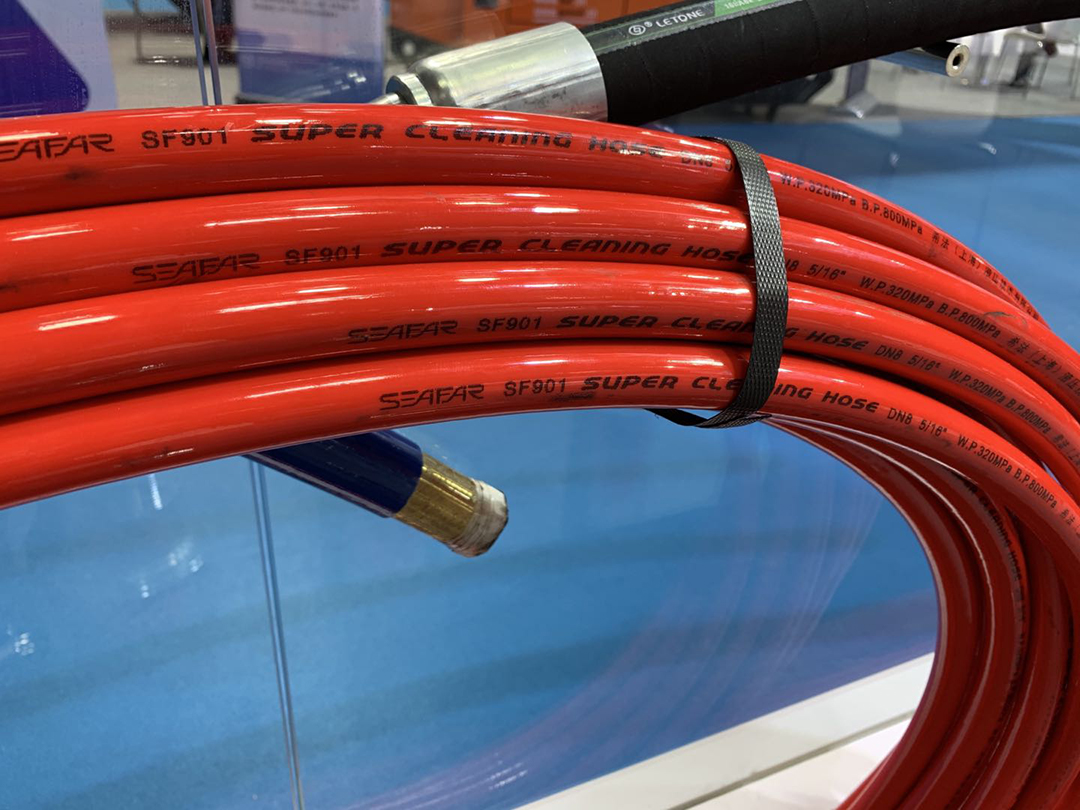Power Transmission Flange Joints
2022-09-05 09:21:18
Flange joints are used in power transmission. They are also called double flanges. When dealing with high-density flanges, industrial buyers must consider the strength of the pipes that are supported by the flanges. These factors will determine the performance of a flange.
Flange joint
Flanges are an important part of a pipe or piping system. Flanges are made from different materials and come in different sizes. Their dimensional tolerances and materials are defined in the ASME B16.5 specification. This specification will help you choose the right flange to fit your piping system.
A flange joint is made up of two flanges joined by a gasket. It is not recommended for use underground due to its rigidity. However, this joint is very suitable for use in the above-ground environment. Bolted joints and flange joints are different in that they are tightened differently.
It is important to consider how the joint will change over time when designing flanged joints. This is done by hydrostatic testing. It is possible for flanged joints to leak during shutdown, startup, or operation. In order to prevent leaks from occurring, the actual bolt load is verified. This load is often lower that the preload of bolts.
Double flange power transmission joint
A double flange power transmission joint is a standardized design for power transmission. It is used for connecting pipelines, valves, or pumps. This type of power transmission joint consists of long studs connected to two flanges. To ensure a tight seal, the flanges and gland bolts must be equal.
It transmits axial thrust and tension from a shaft to the pipeline. It protects the pipeline against damage and deterioration. The body of the double flange power transmission joint is made of ductile iron, and the gland is made of Q235 carbon steel. Castings are aged to remove internal stresses. They do not deform during installation, and the expansion joint is resistant to corrosion and wear.
Another common type of double flange power transmission joint is a gear coupling. The gear coupling has a hub with protruding gear teeth that match the internal gear teeth on the flange. This design can transfer a lot of torque. The size of the gear teeth on the hub of the coupling is important, as they will increase the torque transmitted. Another type of double-flange power transmission joint is the roller chain coupling. It has radial sprockets attached to double-strand roller chains. The chain mesh and sprocket teeth transmit torque. These couplings have clearances to compensate for parallel and axial misalignment. These couplings are used for medium-duty applications.
Flange power transmission joint
Flange power transmission joints are a type mechanical coupling that connects two shafts via flanges. It consists of a tube shaft 1 and a counter member 2. The shaft ends have a flange 2a, and the opposite end has a nut 2b.
A double-flange power transmission joint can be used to transport water or seawater, cold or hot water, particulate powder, and drinking water. A double flange joint is made up of two flanges that have equal sizes and can transport up to 250°C.
This type of joint has a nonlinear response under static and torsional load. The nonlinearity in a bolted joint is due to the flange's stiffness and the prying effect between the flange and the bolt. It has been suggested that it should be modeled in 3D, and the flange and bolt stiffness should be studied separately.